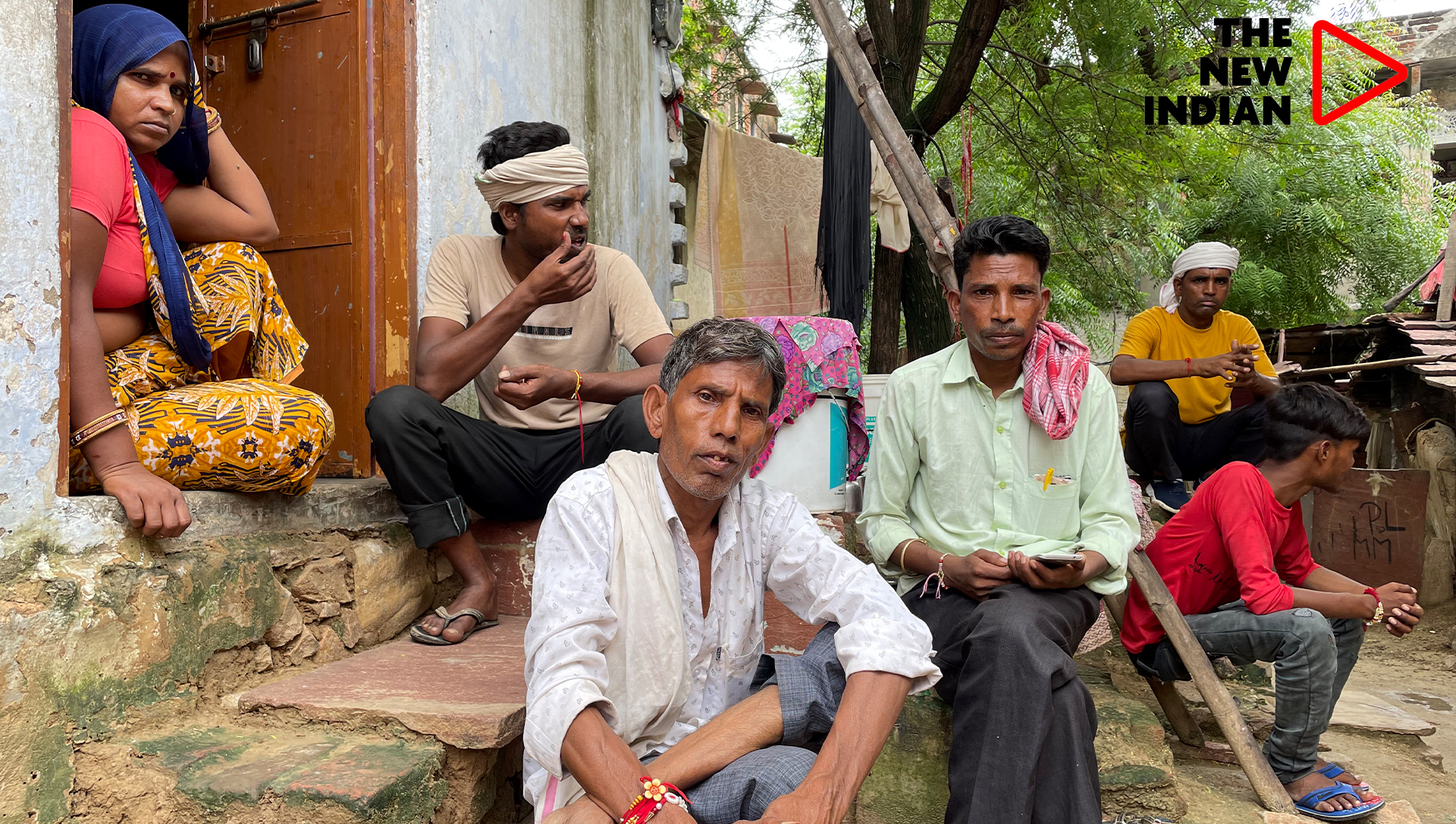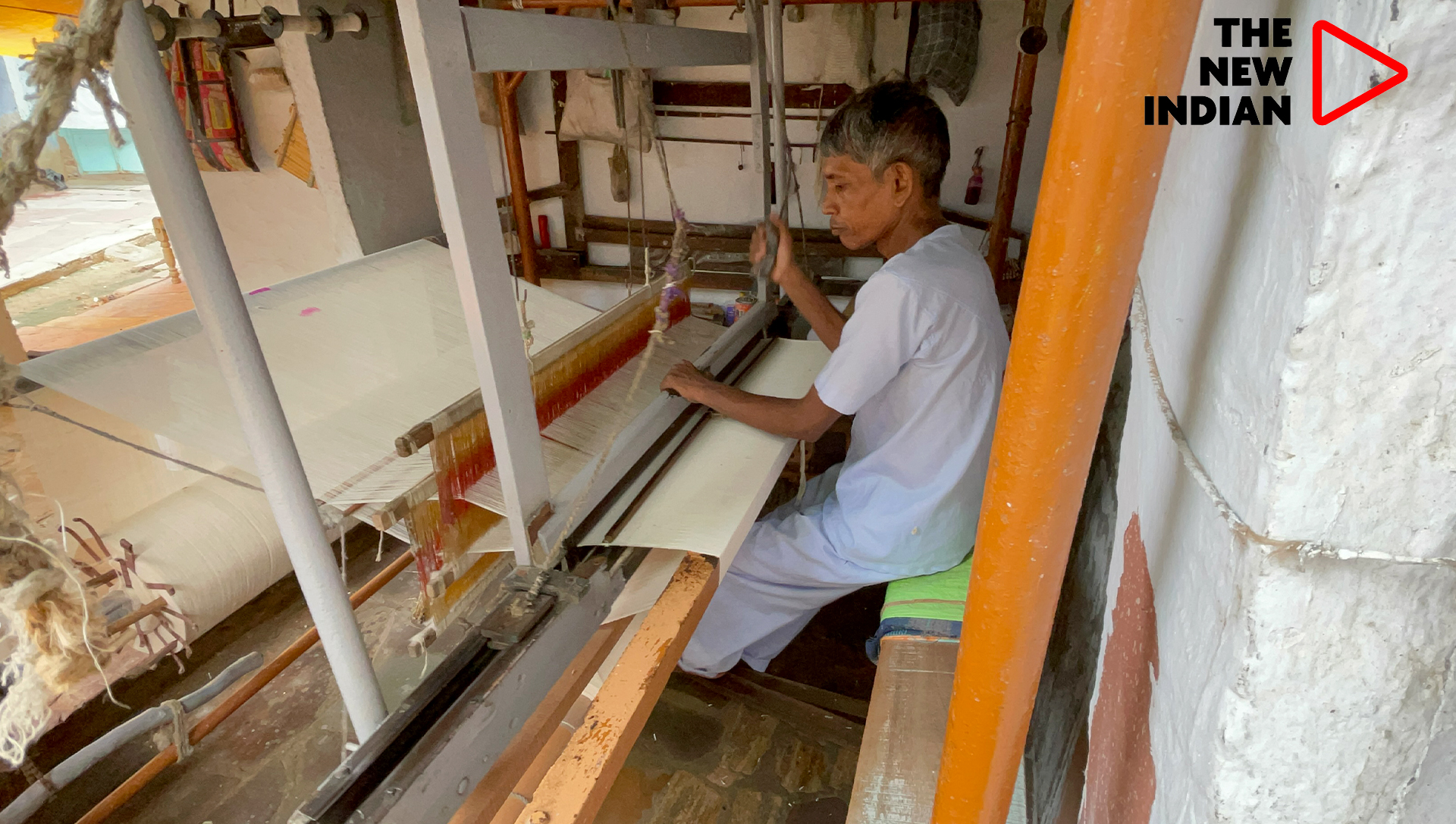


DAUSA: Sitting at a corner of his dingy two-room house in the nondescript Aluda village in Dausa district, 51-year-old Nathu Lal Mahawar sounds upbeat when he says, “We are proud of our rich and glorious legacy. I feel the magic of the 1940s can be revived.”
Nathu Lal is the son of Nanag Ram Mahawar, who along with Chauth Mal Bunkar, weaved the cloth for independent India’s first national flag, taken to Delhi on August 15, 1947.
“It is a matter of pride for us that our elders weaved the first Tricolour. I am still in this profession. We are still connected to Khadi Gram and weave clothes. I wish this continues and am hopeful that our children will carry forward the legacy,” says Brij Mohan, the nephew of Chauth Mal Bunkar.
Brij Mohan adds, “My uncle’s hand-made Tricolour was taken to Delhi on the first I-Day and when I think about it, I feel extremely thrilled.”
Nathu Lal says, “I was into weaving clothes but of late, I have moved to another profession. I hope more patronage is given to the weaving industry. The new generation is getting interested in Khaki.”
The country’s first national flag weavers, both Chauth Mal and Nanag Ram, put their heart and soul out in weaving the cloth for the Tricolour representing their community at the national level.
Narrating the story of the national flag-making, Anil Sharma, chairman of Dausa Khadi Committee, points out, “It is known that the cloth was weaved at Aluda which was later taken to Govindgarh, Alwar where it was coloured. At the time, the national flag was sent to Delhi from three places in India. It is not certain whether the Dausa-made flag was hoisted that night, but it is true that one of the national flags was weaved in this village.”

Charkha can be seen in every Mahawar and Bunkar household of the hamlet. There are two looming machines that still exist, which are being used by the people.
Chiranji Lal Bunkar, while working on his looming machine, says, “Weaving is a time-consuming process. After investing so many hours, one cloth is prepared, which doesn’t give us enough returns. We need support of the government to carry on our profession.”
Mamta Nagar, a village resident who was earlier in the profession of weaving, underlines that for 15-meter of cloth made by four people in the family after working for five days, they get Rs 300 from Khadi Gram. This should be raised. If this is increased, the youth of the village will take up the profession.
Officials of Khadi Gram, Aluda assured that the labour rate for cloth will soon be revised. Today, charkha in every household is a symbol of Swadesi movement of Mahatma Gandhi and it is crucial that the younger generation is encouraged to take up this legacy. Khaki’s revival could be the next big thing!